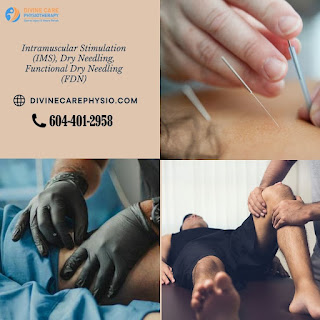Exploring Neurological Physiotherapy: A Complete FAQ Guide from Divine Care Physiotherapy

1. What is neurological physiotherapy? Neurological physiotherapy is a specialized form of therapy focused on treating patients with conditions that affect the nervous system, such as stroke, Parkinson's disease, multiple sclerosis, spinal cord injuries, and brain injuries. The goal is to improve mobility, strength, coordination, and overall functional independence. 2. How does neurological physiotherapy help in recovery? Neurological physiotherapy helps by enhancing neuroplasticity, the brain's ability to form new connections after injury. Through specific exercises, techniques, and rehabilitation strategies, physiotherapists work to improve movement, coordination, balance, and strength. 3. What conditions are treated with neurological physiotherapy? Common conditions treated include: Stroke Parkinson’s Disease Multiple Sclerosis (MS) Traumatic Brain Injury (TBI) Spinal Cord Injury Cerebral Palsy Vestibular Disorders (e.g., balance problems) Neuromuscular disorders (e.g., A...





